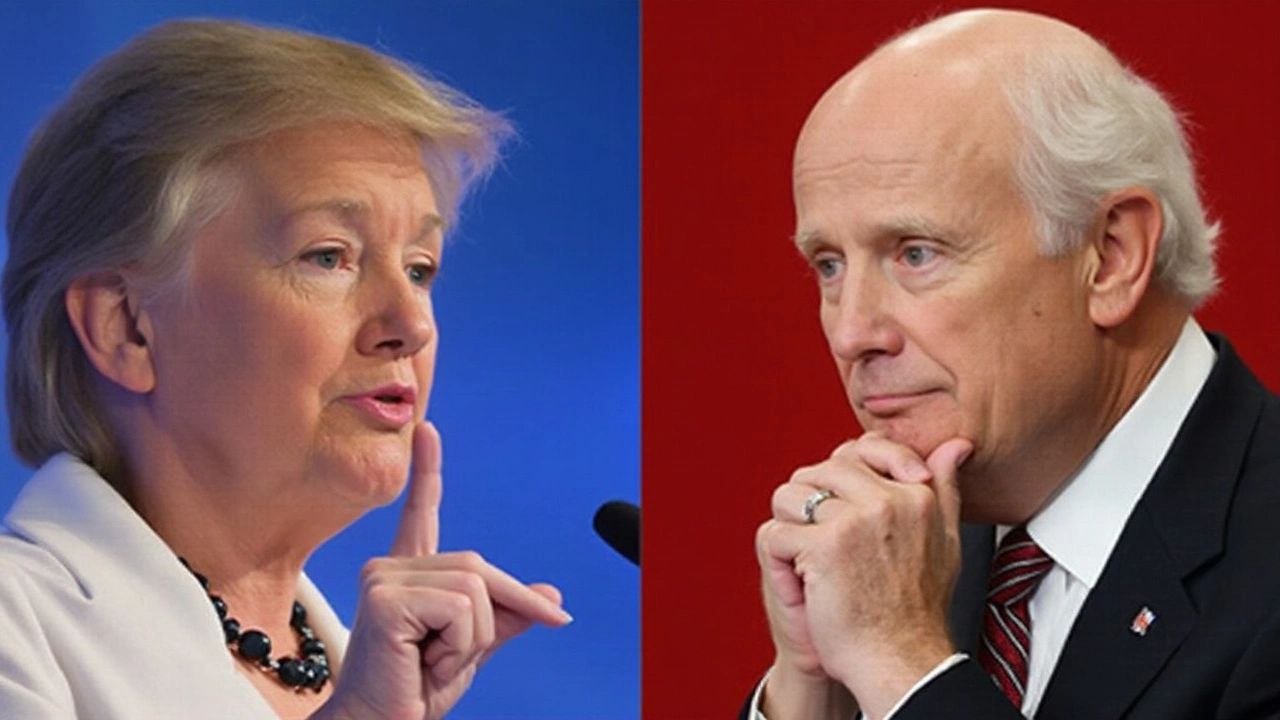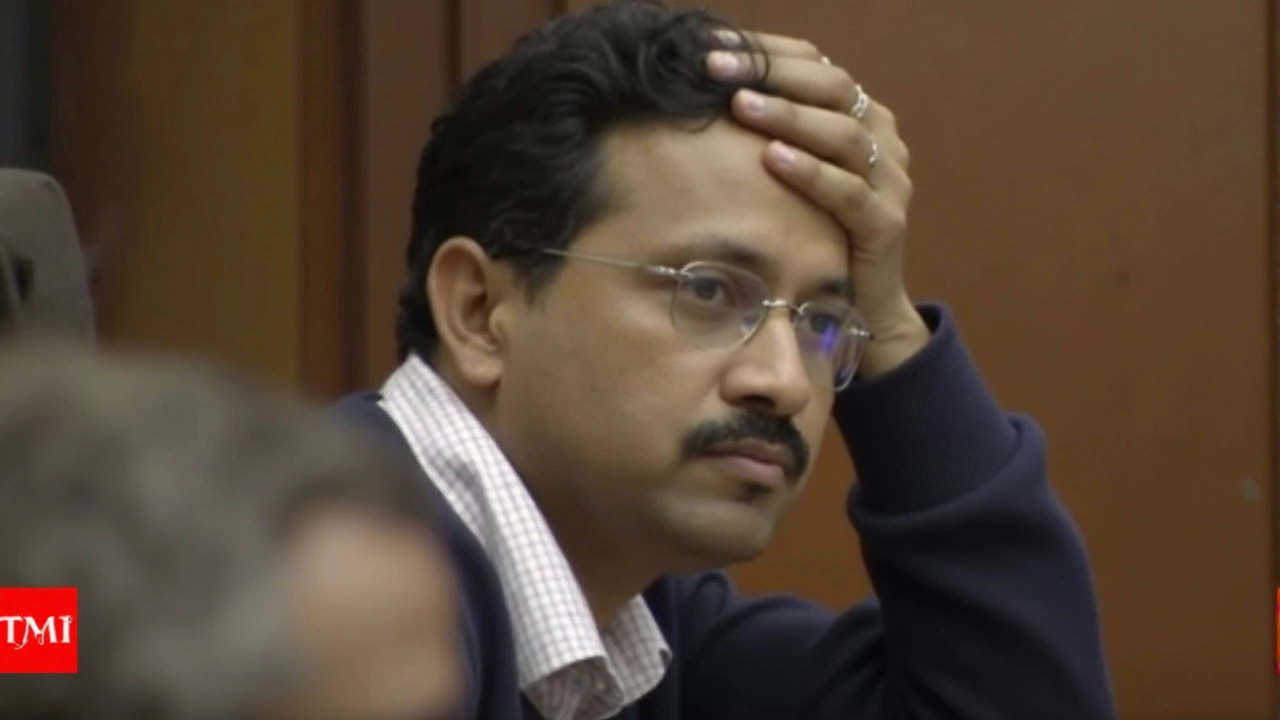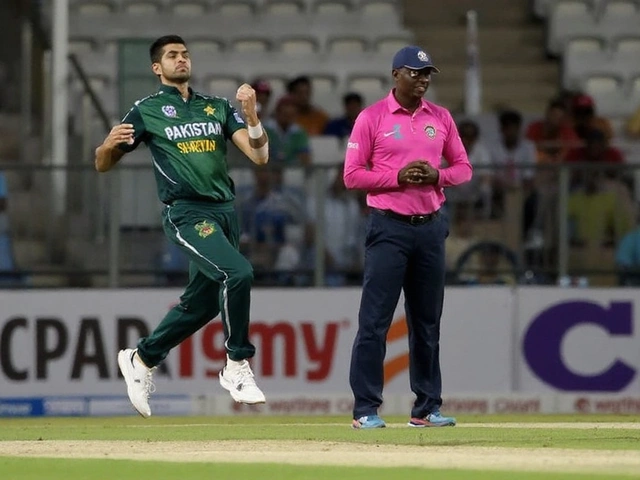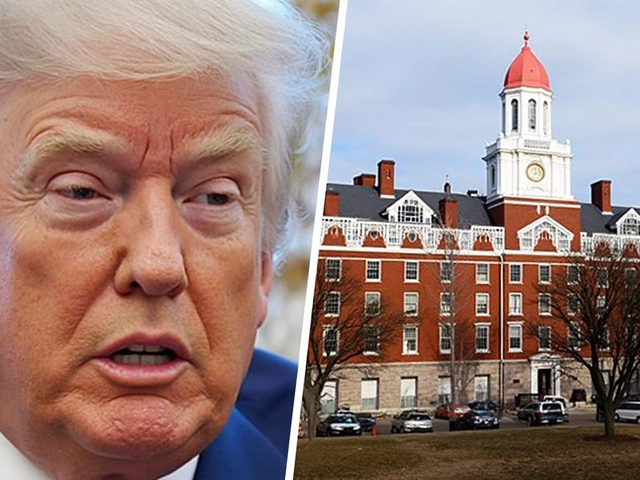BJP Triumphs Over AAP in Delhi: Key Reasons Behind the Shift
BJP's Victory and AAP's Downfall: What Changed?
The 2025 Delhi Assembly elections brought a massive political upheaval as the Bharatiya Janata Party (BJP) emerged victorious, dethroning the Aam Aadmi Party (AAP) after a decade of governance. With the BJP clinching 47 seats in the 70-member assembly, compared to AAP's 23, the electoral landscape of Delhi has been redefined.
The first major factor in AAP's losses was the anti-incumbency sentiment that had settled in over their ten years in power. Many Delhiites withdrew their support due to unmet promises such as improving air quality and cleaning the Yamuna River. These unfulfilled commitments gave BJP the perfect backdrop to pitch their 'double engine' governance strategy, presenting themselves as the harbingers of change.
Adding fuel to the fire were the corruption allegations linked to AAP's leadership. A scrapped liquor policy stirred public suspicion, with cases against top AAP figures like Arvind Kejriwal, Manish Sisodia, and Satyendar Jain making headlines. This tarnished AAP's image as a party of integrity, keeping them embroiled in legal battles rather than focusing on governance.
The infamous 'Sheesh Mahal' controversy further chipped away at Kejriwal’s credibility. The extravagant expenses for renovations at his residence, costing a whopping Rs 33.66 crore, starkly contrasted with his 'honest' persona. The BJP didn't miss the chance to spotlight this issue, turning it into a cornerstone of their campaign.

Strategic Maneuvers and Campaign Blunders
AAP's internal dynamics also contributed to their downfall. Governing with an autocratic style led to key members like Prashant Bhushan and Kailash Gahlot leaving the party, weakening its structural unity when it needed strength the most. Furthermore, AAP failed to address critical issues like infrastructure, clean water, and securing full statehood for Delhi, which the BJP leveraged by emphasizing the deteriorating conditions of roads and sanitation.
On the campaign trail, the BJP's strategy was multifaceted. They focused intensely on local issues and targeted Kejriwal's leadership and alleged corruption through digital campaigns. Meanwhile, the Congress, despite its weakened presence, played an unexpected role, with leaders like Rahul Gandhi criticizing Kejriwal’s unkept promises and drawing parallels to Prime Minister Modi.
Another factor that couldn’t be overlooked was the BJP's ability to mobilize its established Lok Sabha voter base in the assembly elections, combining this strength with central government initiatives to sway diverse demographics.
The results were not kind to AAP’s top brass. Prominent leaders like Arvind Kejriwal, Manish Sisodia, and Satyendar Jain met unexpected defeats. Kejriwal, once a formidable force in his New Delhi constituency, lost to BJP's Parvesh Verma. Sisodia faced a similar fate even after securing bail after his prolonged legal battles. Jain’s loss in Shakur Basti compounded AAP's woes, marking a significant shift in Delhi politics.
This election effectively halts AAP’s plans to spread its wings nationally, while Congress, still without a single seat, managed to slightly increase its vote share. Above all, BJP's triumph has reinforced its position in Delhi, proving the party's growing influence and strategic savvy in the capital's intricate political dance.





